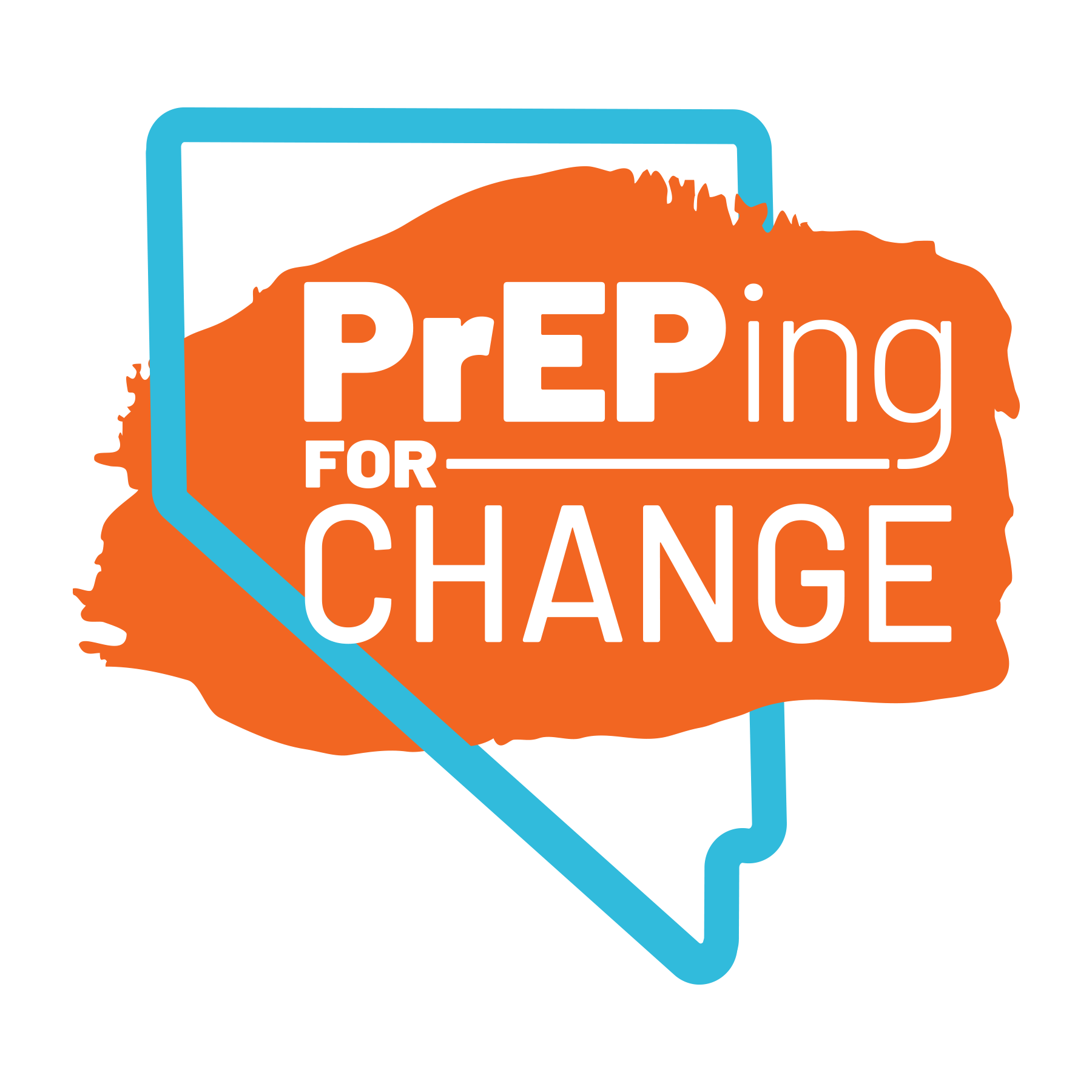Pre-Exposure Prophylaxis

This material was supported by the Nevada State Division of Public and Behavioral Health through Grant Number NU62PS924579-02 from Centers for Disease Control and Prevention. Its contents are solely those of the authors and do not necessarily represent the official views of the Division nor Centers for Disease Control and Prevention.
What is Pre-Exposure Prophylaxis?
Pre-exposure Prophylaxis, also called PrEP, refers to the daily use of antiretroviral medication by people who are HIV-uninfected but at risk of infection, in order to prevent HIV acquisition.
How Does PrEP Work?
- Among people who inject drugs, it reduces the risk by more than 70%.
- The risk of getting HIV from sex can be even lower if the client combines PrEP with condoms and other prevention methods.
- Risks for other STDs should also be discussed and screened (syphilis, gonorrhoea, chlamydia).
- For PrEP to work well, it is dependent upon patients taking the medication everyday.
If taken every day, PrEP reduces the risk of HIV infection by up to 90%. Protection from HIV diminishes greatly with lower levels of adherence.
Who Can Benefit from PrEP?
PrEP is only indicated for people who do not have HIV infection. There are three groups of people who are likely to benefit from PrEP:
- Men who have sex with men (MSM) who:
- Engage in condomless anal sex outside of a mutually monogamous relationship with an HIV-uninfected sexual partner
- Have been diagnosed with a sexually transmitted infection in the last 6 months
- Have an HIV-infected sexual partner
- Heterosexually-active people who:
- Engage in condomless sex with a partner or partners of unknown HIV status who are at high risk of infection (for example, people who inject drugs or bisexual men)
- Have an HIV-infected sexual partner
- Injection drug users, especially those who share injection equipment
What Are the Risks of Taking PrEP?
ln clinical trials, PrEP was generally well-tolerated, and serious adverse events were rare.
Side effects of PrEP include mild nausea that improves with continued adherence to the medication; a 1-2 percent decrease in bone mineral density without a concurrent increase in fractures; and, primarily in patients with renal comorbidities, renal dysfunction that tends to resolve with cessation of the medication. Antiretroviral resistance due to PrEP is rare.
Although some people taking PrEP may reduce condom usage, this has not been shown to negate the HIV-protective effect of PrEP.
Some people complain of gas, nausea or headache. These symptoms tend to disappear within 1 month.
Contact Information
There are now more HIV prevention options than ever before. Let’s talk about which are right for you.
Call one of our PrEP Navigators at (702) 759-1381 today.
Updated on: May 8, 2023

